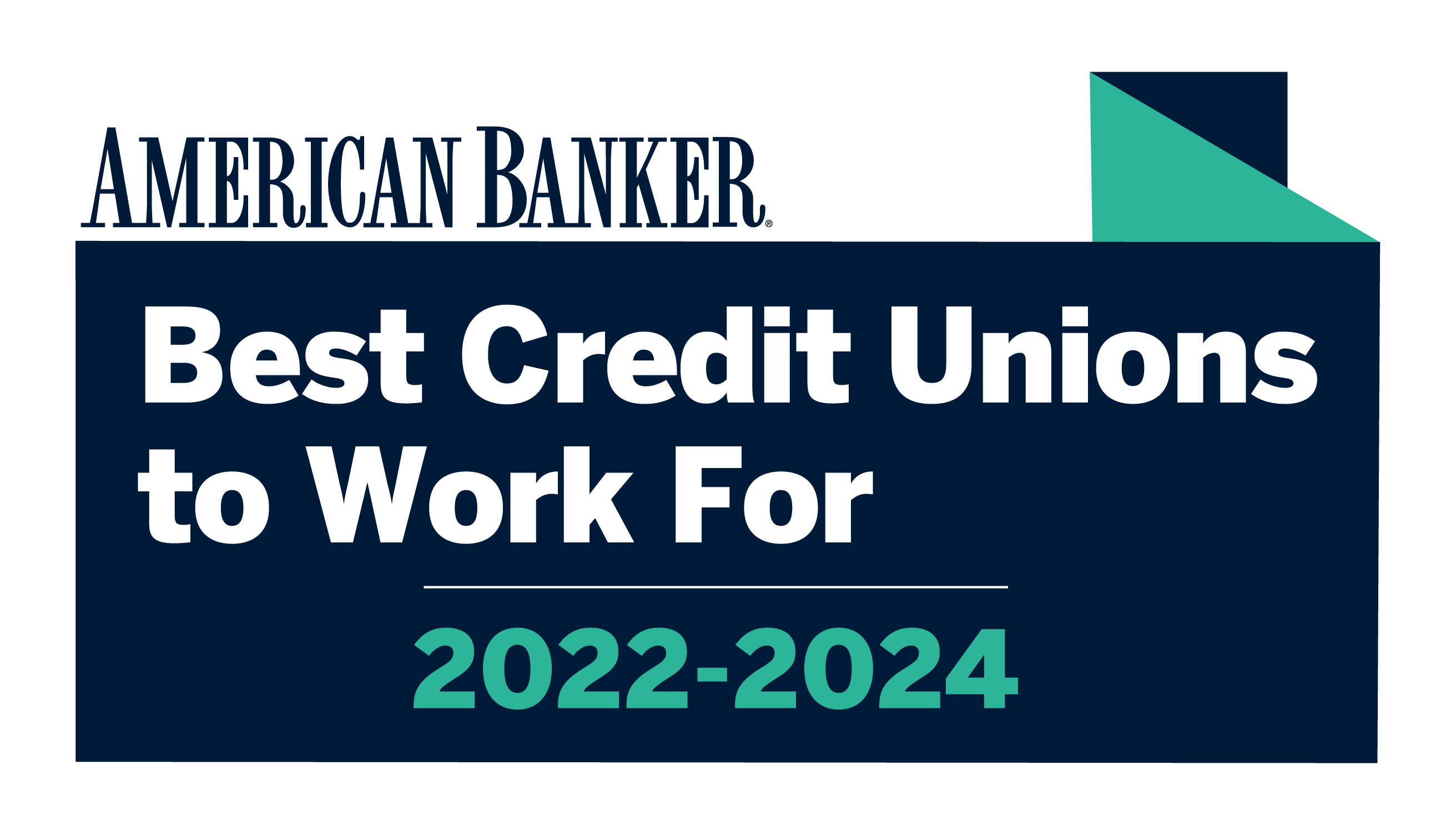
Buying a new vehicle is exciting, but the moment you drive it off the lot, it begins to depreciate. If your car is stolen or totaled, you might find yourself underwater—owing more on your loan than what your insurance covers. This gap could amount to thousands of dollars. Here’s where Guaranteed Asset Protection (GAP) insurance steps in to bridge that divide and keep you above water, securely in the driver’s seat of your financial future.
1. What is GAP insurance? It is the difference between your vehicle’s actual cash value and the outstanding balance on your loan or lease if it’s declared a total loss. This coverage ensures you stay on top of your finances, protecting you from unexpected financial setbacks.
For instance, imagine you financed a $25,000 car, and shortly after the purchase, it’s involved in an accident and deemed a total loss. While your collision or comprehensive insurance typically covers such losses, if the adjuster values your car at $20,000 and your loan balance stands at $24,000, you’d be underwater by being required to pay $4,000. GAP insurance would step in to cover this gap, keeping your auto loan afloat.
if the adjuster values your car at $20,000 and your loan balance stands at $24,000, you are required to pay the $4,000 difference. GAP insurance will cover the $4,000.”
2. Is GAP insurance worth it? If you finance your vehicle with less than 20% down, opt for longer loan terms, drive frequently, or purchase a vehicle prone to rapid depreciation, GAP insurance is invaluable. It ensures you remain secure, safeguarding your financial investment in your vehicle. Determining whether GAP insurance is right for you hinges on your vehicle’s value and loan balance. Tools like Kelley Blue Book (KBB) help estimate your vehicle’s worth. If its value falls below your loan balance, GAP insurance could be vital in securing your financial position.
3. What does GAP insurance cover? If your vehicle is stolen or totaled, and you owe more on your loan than the car’s value. It ensures you stay above water in financially turbulent times. However, GAP policies won’t cover other accident-related costs such as repairs, injuries, property damage, or rental vehicles.
4. Are you required to get GAP insurance? No state or federal laws mandate GAP insurance, but leasing or financing a new vehicle often necessitates it. Lenders maintain ownership until you settle your final payment. Should your car be damaged or stolen prematurely, GAP insurance prevents you from sinking financially.
5. Beware of buying gap at the dealership. GAP is one of several optional add-on products—like extended warranties or credit insurance—that a salesperson will likely offer. However, the price of this product can vary greatly, and you may be told that you must purchase GAP through them to qualify for financing, and may include the cost of the product in the loan amount. Ask where in the sales contract it is required, or contact the lender yourself to find out if that is true.
6. Don’t pay more than you have to for GAP coverage. NIHFCU’s GAP program offers competitive GAP rates to members typically less than those found at dealers or other lenders, and is an incredible value. If you have a total loss accident, or your vehicle is stolen, NIHFCU’s GAP coverage may help pay the difference between what insurance will cover and the amount you still owe on your NIHFCU loan. Learn more or speak to our auto loan specialists today at 1.855.852.4748.
Resource: USNews.com



